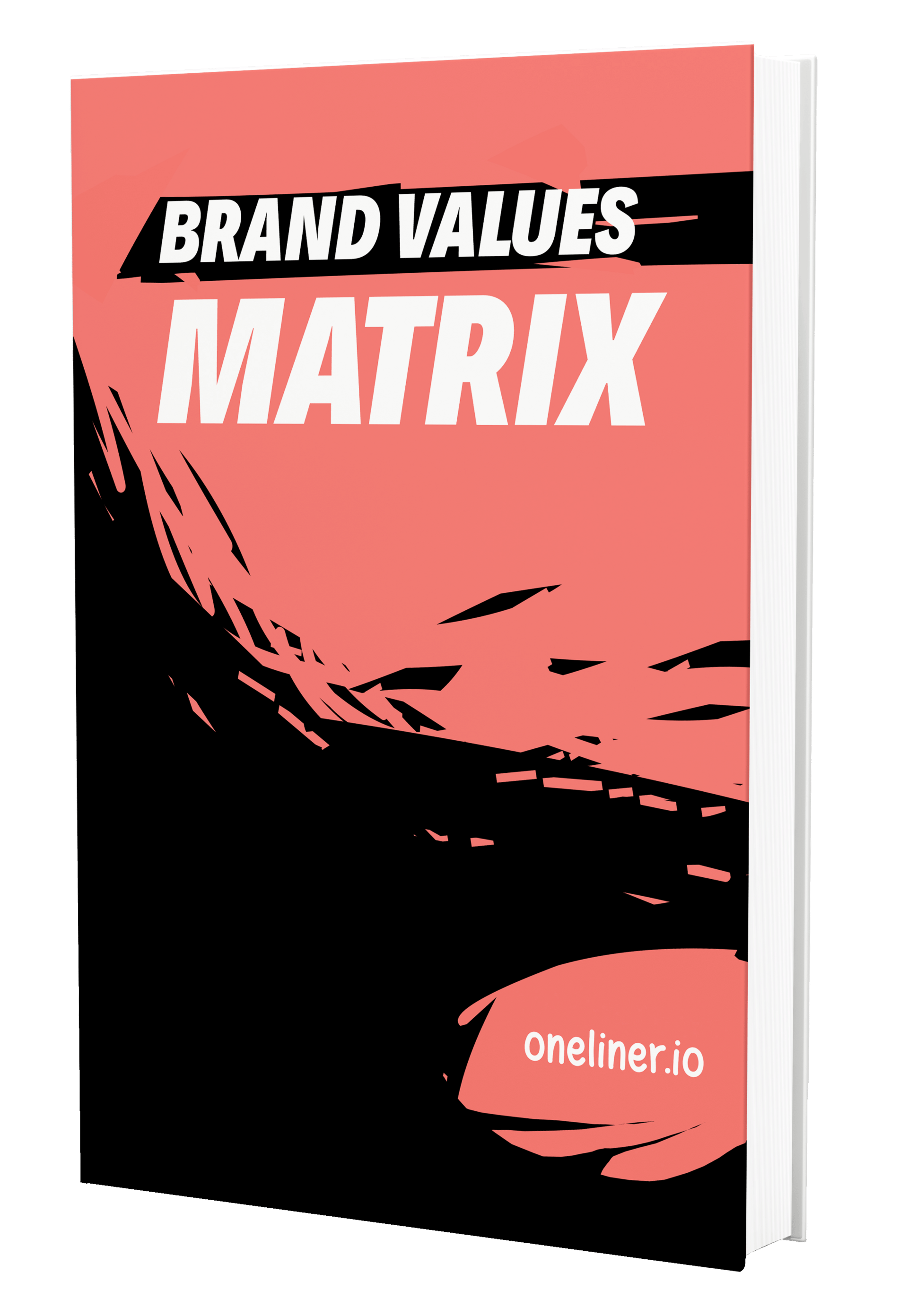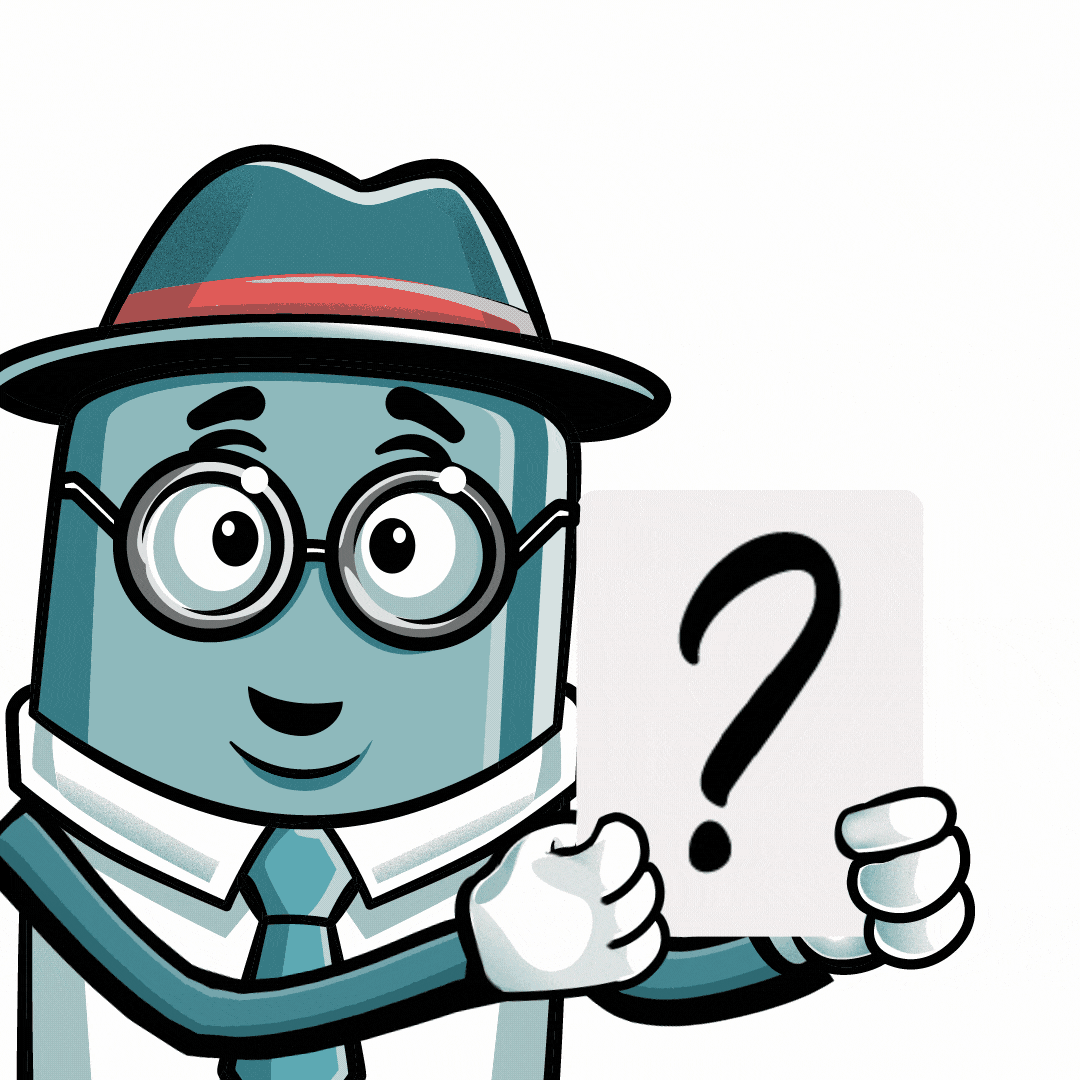

Here is something that I often hear, especially among founders that I classify as product hustlers.
“Neil, they launched six months after us with an inferior product and half our features. How are they outselling us 4:1?”
And in all cases, when I pull their data.
Sure. Similar pricing. Same target market. Nearly identical messaging.
But….
↳ My client sells a better solution.
And the competitor…
↳ They eliminate the problem entirely.
The competitor identifies one specific customer burden. Something that caused genuine anxiety, and made killing that anxiety their entire brand mission.
When you own the burden instead of just solving it, customers don't comparison shop.
They don't price check.
They just buy.
Because you're not selling them something better. You're selling them peace of mind.
The framework is on this is what on the agenda in this issue…


“A BRAND IS BUILT ON BURDENS.”


THE LINE DEFINED
I've seen brands skyrocket by owning one thing: their customer's biggest problem.
Owning your customer's problem means making their challenges your own and being their ultimate solution. When you truly own their challenges, you're not competing on price or features.
What ends up happening? You create a monopoly on their pain point, positioning yourself as the exclusive antidote to their frustration.
This shifts the conversation from “Why should I buy from you?” to “How can I not buy from you?”
You become indispensable vs. another option competing for attention.
The result? A passionate customer base.

THE LINE DEMONSTRATED
Take Sheertex, the unbreakable pantyhose brand.
They owned the frustration of constantly ripping hosiery, building their entire brand around this pain point with their “Sheertex Unbreakable Guarantee”.
See, most fashion brands survive on repeat purchases. Your product breaks, you buy another one. Smart business model, terrible customer experience.
Sheertex flipped this completely upside down.

They grabbed polymer technology from the defense industry. Yes, stuff designed to stop bullets and turned it into hosiery.
This innovation aims to provide tights that are 10x more durable than traditional ones, eliminating the cycle of constant repurchasing. They even market them as “Chaos Resistant,” a direct nod to tackling everyday damage from things like playful pets
The mission isn't complicated: make tights so strong that 'backup pair' becomes irrelevant.
When your product is 10x more durable, you're not just solving a problem. You're eliminating it.

THE LINE DEPLOYED
The result? A passionate customer base.
Now, here's how you can do this for your brand:
Get super specific about your customer's problem. Don't just say "they need better products." Dig deeper. What keeps them up at night?
Document their struggle. Use their exact words from reviews, socials, and customer service chats.
Build your entire brand story around solving this problem. Make it clear in every email, post, and product description that you understand their pain.
In a nutshell…
↓
Stop trying to be everything to everyone. Pick one problem. Own it completely. Make it so obvious that you're the solution that customers feel stupid buying from anyone else.
When you make their problem your problem, you become their only logical choice.


THE LINE ILLUSTRATED
The Problem. The solution. In one visual.



THE LINE ON FILM
I've seen brands skyrocket by owning one thing: their customer's biggest problem.
Owning your customer's problem means making their challenges your own and being their ultimate solution. When you truly own their challenges, you're not competing on price or features.


THE LINE: Q&A
What if my product solves multiple problems? Should I focus on just one? Can I target multiple customer segments with different problems, or should I focus on one?
I love when founders ask this because it shows they're thinking deeply about their brand.
Here's the strategy I'd recommend, start by ranking your solutions based on three criteria: how painful the problem is, how many people have it, and how uniquely you solve it.
The winner becomes your primary message.
Take Dyson, for example. They solve multiple cleaning problems, but they led with one clear message: 'no loss of suction.'
Only after establishing that did they expand to talk about their other features. This approach gives customers a clear reason to remember you, while still allowing you to showcase your product's full range of benefits once you have their attention.


THE LINE: LIGHTER SIDE



THE LINE RESOURCE
Looking to work with me, I offer help in three ways:
Get the One Pager BrandBuilder book and map your whole brand strategy on a single page. It’s fast, it’s clear, and it follows our 7C Method that we have applied to 70+ brands.
P.S. It’s under $15 (cheaper than your last Uber Eats order), loaded with legit bonuses (to help you hit the ground running), and yeah, it’s an Amazon bestseller!
Join BrandBuilder X. Weekly calls, real coaching, battle-tested templates, and direct support from strategists who’ve worked with brands like Amazon and Starbucks.
We don’t just teach brand. We coach you. We work with you. We build it together.
BrandBuilder All/In is your shortcut to a complete, crystal-clear strategy in 5 weeks. My team handles the strategy, the research, the messaging, the whole shebang.
You just show up and say “yes” or “nah.” Then walk away with a strategy that drives your whole business.

SHARE ONE LINER
Struggling to connect with customers?
I've created a FREE guide showing exactly how to build emotional connections with your brand.
Comment 'EMOTION' and I'll send it your way!

1 Referral = 1 Value PDF
{{rp_personalized_text}}

